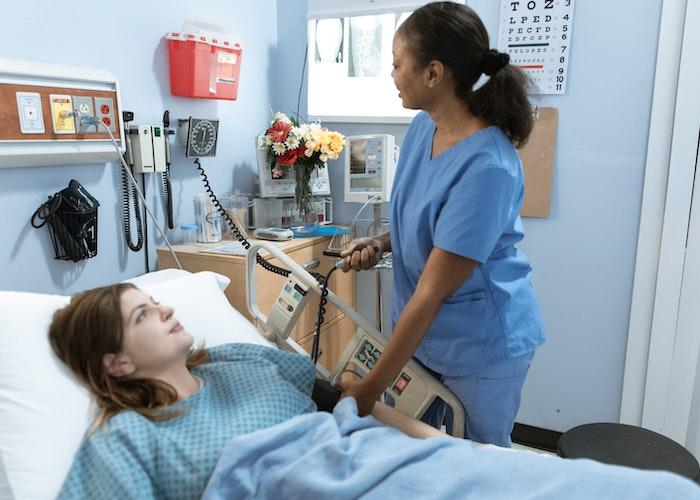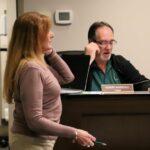ALBANY – To mark the loss of an hour due to Daylight Savings Time (DST) at 2:00 a.m. on Sunday, March 12th, the New York State Partnership Against Drowsy Driving (NYPDD) issued a warning about the dangers of drowsy driving as The partnership began promoting its “Stay Awake! Stay Alive!” message before the clocks sprung forward and will continue after the time change as a reminder that drivers should be vigilant.
“Driving while drowsy can have the same effects as driving while intoxicated, including slowed reaction times, impaired judgment and vision, and decreased alertness, yet many people are unaware of this danger,” said Mark Schroeder, NYS Department of Motor Vehicles (DMV) Commissioner and Chair of the Governor’s Traffic Safety Committee (GTSC). “It is pervasive on our roadways and drowsiness is often underreported as a crash factor. All drivers need to be aware of the warning signs of drowsiness and ensure they are always rested and alert enough to drive safely before they get behind the wheel.”
In addition to creating drowsy driving hazards, DST has been linked to major health issues, including heart attacks and strokes, according to the AARP. One study found a 24 percent increase in heart attacks on the Monday after daylight saving time starts, and another found the risk of stroke is eight percent higher on the two days following the time change.
One AARP publication noted that, in addition to heart attacks and strokes, the number of people hospitalized with atrial fibrillation, or A-fib — the most common type of irregular heartbeat — surges in the days following the springtime change, according to a 2020 analysis of 6,089 patient admissions at Montefiore Medical Center in New York.
Both the AARP and the NYPDD recommend adjusting your sleep patterns in the few days leading up to DST, by heading to bed 15-20 minutes earlier. “Adjusting gradually helps the time change be less of a shock to your system,” one sleep expert said.
According to the Governors Highway Safety Association (GHSA), 24 hours without sleep has similar effects on driving ability as having a blood alcohol concentration (BAC) of 0.10 percent. GHSA also estimates that drowsy driving is a contributing factor in 328,000 crashes nationwide annually, and more than half of them involve drivers 25 years old and younger.
In New York, according to the 2022 preliminary crash statistics from the Institute for Traffic Safety Management and Research (ITSMR) at the University at Albany’s Rockefeller College, “fatigue/drowsy driving” was selected as a contributing factor in 1,160 police-reported crashes, of which three were fatal crashes and 446 resulted in injuries. Also in 2022, there were 2,849 police-reported crashes where the contributing factor of “driver fell asleep” was cited. Six of these crashes involved at least one fatality and 1,067 crashes resulted in injuries.
So far this year, according to the preliminary 2023 crash figures from ITSMR, those same factors have been listed in 45 police-reported crashes for “fatigue/drowsy driving” and 110 police-reported crashes for “driver fell asleep”.








